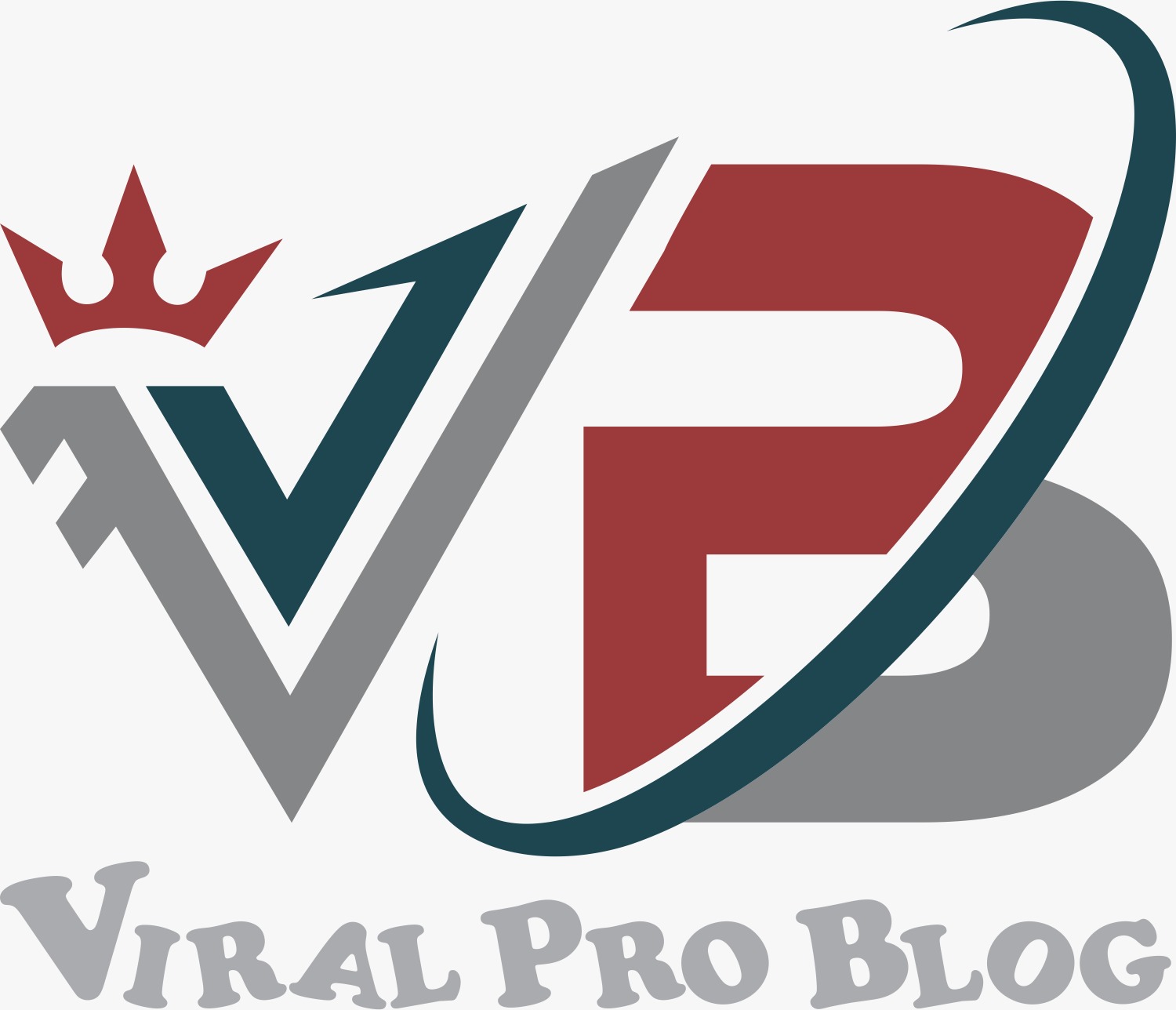Harassment Is Unwelcome Conduct That Becomes Unlawful When

Welcome to our blog where we delve into the important topic of workplace harassment. Harassment is an issue that affects countless individuals, leading to a hostile and uncomfortable environment that can have devastating consequences for both victims and organizations. In this article, we will explore the various forms of harassment, discuss what makes it unlawful, and provide guidance on how to create a safe and inclusive workplace environment. So let’s dive in and shed light on this crucial subject!
Understanding Harassment: Definition and Types
Harassment, in its simplest terms, refers to unwelcome conduct that creates an intimidating, hostile, or offensive environment for individuals. It goes beyond mere disagreement or conflict and involves behaviors that target someone based on protected characteristics such as race, gender, religion, disability, or age.
There are various types of harassment that can occur in the workplace. One common form is verbal harassment which includes derogatory comments, slurs, or insults directed at an individual. This type of harassment aims to belittle and degrade the victim.
Another prevalent form is sexual harassment which encompasses unwanted advances, requests for sexual favors, lewd jokes or gestures. It exploits power dynamics and creates a toxic atmosphere where victims feel powerless and violated.
Harassment can also manifest in non-verbal ways such as through physical intimidation like aggressive gestures or invasion of personal space.
Identifying Unlawful Harassment
Unlawful harassment can take many forms and occur across various settings, from the workplace to educational institutions. It is crucial to be able to identify such behavior in order to address and prevent it effectively.
Verbal harassment involves offensive or derogatory comments, slurs, or jokes targeting a person’s race, gender, religion, or other protected characteristics. This type of harassment creates a hostile environment and undermines an individual’s dignity.
Physical harassment includes unwelcome touching or physical threats that make someone feel unsafe. It can range from unwanted advances to acts of violence.
Visual harassment involves displaying explicit images or videos without consent. This form of harassment objectifies individuals and contributes to an uncomfortable atmosphere.
Online harassment has become increasingly prevalent with the rise of social media platforms. Cyberbullying through messages or posts intended to humiliate or intimidate falls into this category.
It is important for employers and organizations to establish clear policies against these types of behaviors while providing training on recognizing them. By promptly addressing reports of unlawful harassment and taking appropriate action against perpetrators, we can create safer environments where everyone feels respected and valued.
Examples of Common Forms of Harassment
One prevalent form of harassment is verbal abuse, which includes offensive language, derogatory remarks, or insults targeted at a person’s race, gender, religion, sexual orientation, or any other protected characteristic. This type of behavior not only demeans and belittles an individual but also creates a hostile environment.
Another form is sexual harassment which encompasses unwanted advances, comments about one’s appearance or body parts, explicit jokes or gestures with sexual undertones. Such behavior is highly inappropriate and can cause severe emotional distress for victims.
Bullying is another pervasive form of harassment that often occurs repeatedly over time. It involves aggressive behavior such as name-calling, spreading rumors, excluding someone from social activities intentionally or creating a sense of fear and intimidation.
Cyberbullying has emerged as a significant concern in recent years due to the widespread use of technology. This form involves harassing others through online platforms like social media by sending threatening messages or posting harmful content about them publicly.
Religious discrimination falls under the umbrella of harassment when individuals are subjected to offensive comments regarding their religious beliefs practices. Discrimination based on religion hinders inclusivity and tolerance within society.
Recognizing these common forms of harassment allows us to be vigilant against such behaviors and work towards creating safer environments for everyone involved
Who is Protected from Harassment?
Harassment is an issue that can affect anyone, regardless of their background or identity. It is important to understand who is protected from harassment in order to ensure a safe and inclusive environment for all individuals.
In most jurisdictions, laws against harassment protect employees from various forms of mistreatment in the workplace. This includes protection against discrimination based on race, gender, religion, disability, age, sexual orientation, and other protected characteristics. These laws also extend to cover both employees and job applicants during the hiring process.
It’s worth noting that protection from harassment extends beyond just the workplace. Laws are in place to protect individuals from harassment in other settings as well, such as schools or public spaces. These laws aim to create a society where everyone can live without fear of being targeted or mistreated.
Steps to Take if You Are a Victim of Harassment
Being a victim of harassment can be an overwhelming and distressing experience. It is important to remember that you are not alone, and there are steps you can take to address the situation.
1. Document incidents: Keep a record of each incident, including dates, times, locations, and details of what happened. This documentation will serve as evidence if you decide to take legal action or report the harassment.
2. Seek support: Reach out to trusted friends, family members, or colleagues who can provide emotional support during this difficult time. Sharing your experiences with someone you trust can help alleviate some of the stress associated with harassment.
3. Know your rights: Familiarize yourself with the laws and policies surrounding harassment in your country or workplace. Understanding your rights will empower you when navigating through this process.
4. Report the harassment: If you feel comfortable doing so, report the harassment to a supervisor, human resources department, or other relevant authorities within your organization. Follow any reporting procedures outlined in company policies.
5. Consult legal advice: If necessary or desired, consult an attorney who specializes in employment law or discrimination cases to explore potential legal options available to you.
Remember that taking these steps may require courage and perseverance but seeking justice is essential for creating safe spaces for everyone.
Consequences for Perpetrators of Harassment
Harassment is a serious issue that can have severe consequences for those who engage in such behavior. When it comes to perpetrators of harassment, the repercussions can be both legal and professional.
From a legal standpoint, individuals found guilty of harassment may face civil lawsuits and criminal charges. Depending on the severity of the offense, they could be ordered to pay monetary damages or even serve time in prison. These penalties are put in place to hold harassers accountable for their actions and send a clear message that such behavior will not be tolerated.
How to Create a Safe and Inclusive Workplace Environment
Creating a safe and inclusive workplace environment is crucial for the well-being and success of both employees and the organization as a whole. To foster such an environment, there are several steps that can be taken.
Promoting open communication is essential. Encourage employees to share their thoughts, concerns, and ideas without fear of judgment or reprisal. This can be achieved through regular team meetings, feedback sessions, and anonymous suggestion boxes.
Diversity should be celebrated and embraced. Recognize the value that different perspectives bring to the table and ensure equal opportunities for all employees regardless of race, gender, age, or any other characteristic. Implementing diversity training programs can also help raise awareness about unconscious biases.
Establish clear policies against harassment in all its forms. Provide comprehensive training on what constitutes harassment and how to report incidents confidentially. Respond promptly to any complaints made so that employees feel supported and protected.
Conclusion
Creating a safe and inclusive workplace environment is crucial in preventing harassment. It requires the commitment of both employers and employees to foster an atmosphere where everyone feels respected and valued. By understanding the definition and types of harassment, identifying unlawful behavior, and taking steps to support victims, we can work towards eradicating this harmful conduct from our workplaces.
It is important for organizations to have clear policies against harassment in place, along with effective reporting mechanisms that protect the anonymity and confidentiality of victims. Training programs should be implemented to educate employees about what constitutes harassment and how to prevent it. This will help create a culture that promotes respect, empathy, and inclusivity.
Read More: Everfi





